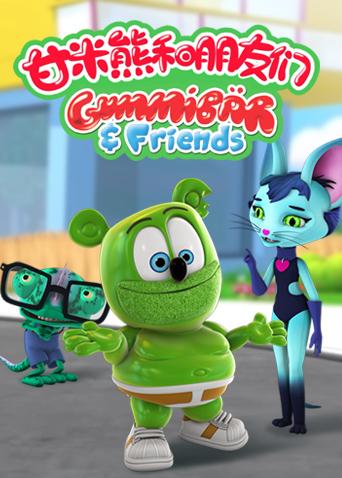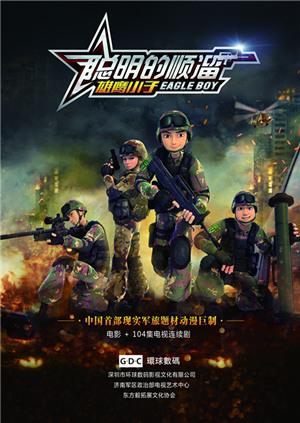为躲避恐怖分子的追杀,午夜施警官将女证人转移到袁警官的公寓,因身份被调换,两位警官弄出了不少笑话,令人捧腹大笑。

为躲避恐怖分子的追杀,午夜施警官将女证人转移到袁警官的公寓,因身份被调换,两位警官弄出了不少笑话,令人捧腹大笑。


回复 :故事发生在车水马龙川流不息的大都市纽约,杰克(小弗雷迪·普林兹 Freddie Prinze Jr. 饰)是生活在那里的一名广告人,光线的工作和生活背后,是他日复一日付出的辛劳汗水。吉尔(塔恩·曼宁 Taryn Manning 饰)初来乍到,一切都像无根浮萍,然而,外表甜美内心单纯的她却坚定的相信自己能够在这里闯出一番天地,甚至遇到一段感情。就是这样一对个性和境遇都截然不同的男女,他们走到了一起,彼此之间的巨大差异反而让他们相互吸引,最终两人成为了同居室友,签订了“同居条款”。然而,随着时间的推移,杰克却开始越发在意起吉尔的一举一动起来,他觉得行踪诡异的吉尔一定有什么秘密瞒着自己。
回复 :爱尔兰渔夫锡拉丘兹(科林·法瑞尔 Colin Farrell 饰)从海上捞起了一个神秘的美丽女子,名唤奥丁(艾丽卡·巴赫蕾达 Alicja Bachleda 饰)。锡拉丘兹将不愿见人的奥丁安置在自己母亲的海滨老屋中,意外发现奥丁竟给他的渔船带来了好运。锡拉丘兹的女儿安妮(艾莉森·巴瑞 Alison Barry 饰)患有肾脏衰竭,与酗酒的母亲莫拉(德乌拉·基尔万 Dervla Kirwan 饰)及其男友一起生活。安妮与奥丁结下了坚固的友谊,她相信奥丁是苏格兰神话中的海豹少女,上岸后埋下自己的海豹皮,便可在陆地生活七年,直到自己的海豹丈夫前来带她返回大海深处。锡拉丘兹果然与奥丁彼此相爱,但他对奥丁是真正身份一直半信半疑,直到某个黑发男子的神秘出现,要带走奥丁……本片被提名爱尔兰电影电视协会最佳服装设计、最佳导演、最佳影片及最佳电影剧本奖,并获最佳男主角(科林·法瑞尔)、最佳女配角(德乌拉·基尔万)、最佳布景及最佳声音奖。
回复 :Somewhere in the remote region, the war ends. In the midst of ruined cities and houses in the streets, in rural hamlets, everywhere where people still live, are children who have lost their homes and parents. Abandoned, hungry, and in rags, defenseless and humiliated, they wander through the world. Hunger drives them. Little streams of orphans merge into a river which rushes forward and submerges everything in its path. The children do not know any feeling; they know only the world of their enemies. They fight, steal, struggle for a mouthful of food, and violence is merely a means to get it. A gang led by Cahoun finds a refuge in an abandoned castle and encounters an old composer who has voluntarily retired into solitude from a world of hatred, treason, and crime. How can they find a common ground, how can they become mutual friends? The castle becomes their hiding place but possibly it will also be their first home which they may organize and must defend. But even for this, the price will be very high.To this simple story, the journalist, writer, poet, scriptwriter, movie director, and film theoretician Béla Balázs applied many years of experience. He and the director Géza Radványi created a work which opened a new postwar chapter in Hungarian film. Surprisingly, this film has not lost any of its impact over the years, especially on a profound philosophical level. That is to say, it is not merely a movie about war; it is not important in what location and in what period of time it takes place. It is a story outside of time about the joyless fate of children who pay dearly for the cruel war games of adults.At the time it was premiered, the movie was enthusiastically received by the critics. The main roles were taken by streetwise boys of a children's group who created their roles improvisationally in close contact with a few professional actors, and in the children's acting their own fresh experience of war's turmoil appears to be reflected. At the same time, their performance fits admirably into the mosaic of a very complex movie language. Balázs's influence revealed itself, above all, in the introductory sequences: an air raid on an amusement park, seen in a montage of dramatic situations evoking the last spasms of war, where, undoubtedly, we discern the influence of classical Soviet cinematography. Shooting, the boy's escape, the locomotive's wheels, the shadows of soldiers with submachine guns, the sound of a whistle—the images are linked together in abrupt sequences in which varying shots and expressive sharp sounds are emphasized. A perfectly planned screenplay avoided all elements of sentimentality, time-worn stereotypes of wronged children, romanticism and cheap simplification. The authors succeeded in bridging the perilous dramatic abyss of the metamorphosis of a children's community. Their telling of the story (the scene of pillaging, the assault on the castle, etc) independently introduced some neorealist elements which, at that time, were being propagated in Italy by De Sica, Rossellini, and other film artists. The rebukes of contemporary critics, who called attention to "formalism for its own sake" have been forgotten. The masterly art of cameraman Barnabás Hegyi gives vitality to the poetic images. His angle shots of the children, his composition of scenes in the castle interior, are a living document of the times, and underline the atmosphere and the characters of the protagonists. The success of the picture was also enhanced by the musical art of composer Dénes Buday who, in tense situations, inserted the theme of the Marseilaise into the movie's structure, as a motive of community unification, as an expression of friendship and the possibility of understanding.Valahol Europaban is the first significant postwar Hungarian film. It originated in a relaxed atmosphere, replete with joy and euphoria, and it includes these elements in order to demonstrate the strength of humanism, tolerance, and friendship. It represents a general condemnation of war anywhere in the world, in any form.

